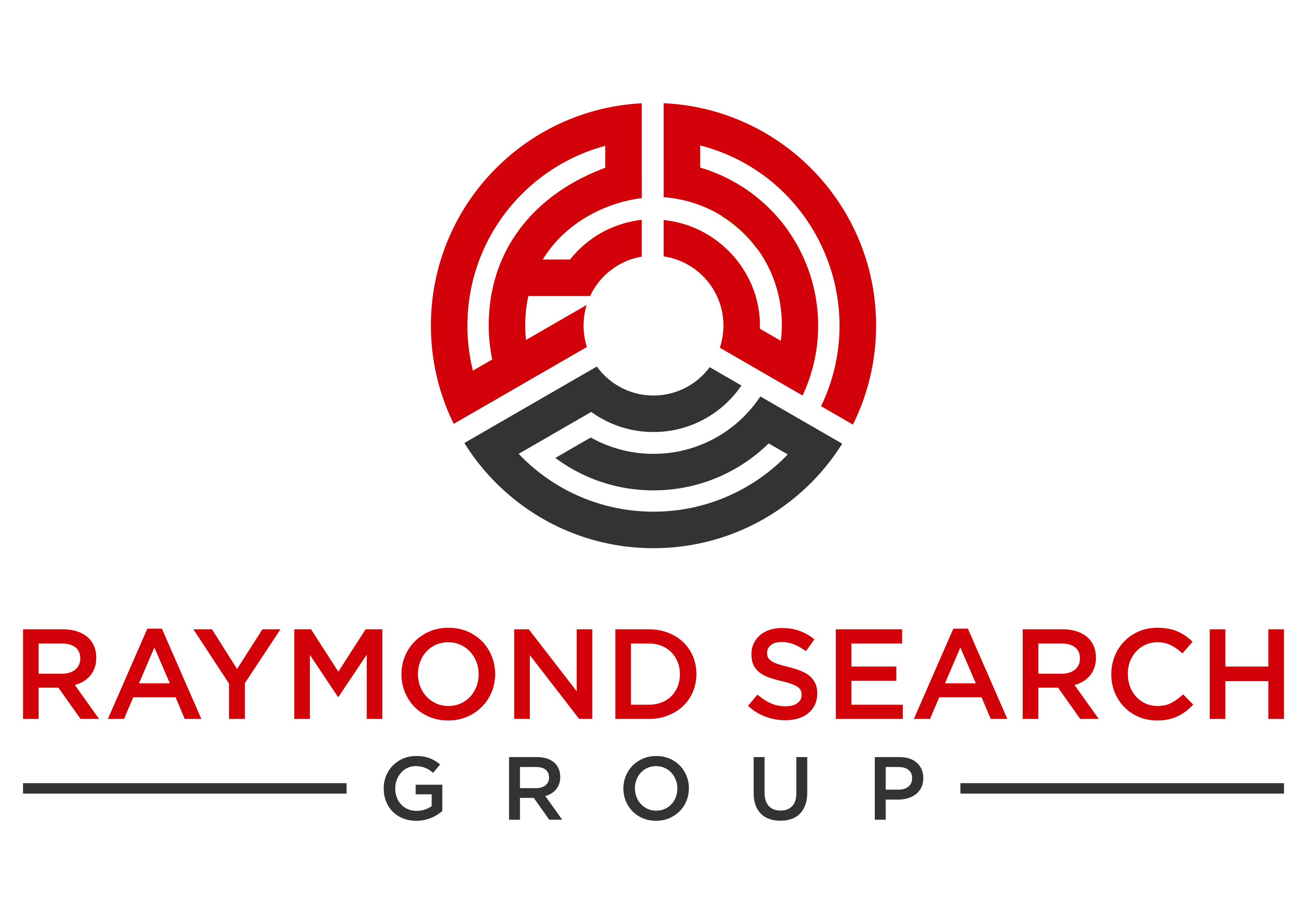
When it comes to filling senior-level roles, the stakes couldn’t be higher. Executive hires shape company culture, drive strategy, and directly influence profitability. Yet, even the most sophisticated organizations sometimes make costly errors during the hiring process. Avoiding these pitfalls can mean the difference between a transformative leader and a costly misstep.
In this article, we’ll cover the top mistakes companies make in executive hiring — and how to avoid them.
1. Relying on the Same Networks Over and Over
Many companies turn first to their existing networks when searching for executives. While this may feel comfortable, it often limits diversity of thought, experience, and perspective. This “echo chamber” approach can cause businesses to overlook highly qualified candidates outside their immediate circles.
How to avoid this: Expand your search to include external talent pools, niche industry networks, and passive candidates who aren’t actively job hunting. Executive search firms excel at accessing these broader networks.
2. Rushing the Process
When an executive role is vacant, there’s pressure to fill it quickly. Unfortunately, rushing the hiring process often leads to overlooking red flags or settling for “good enough” instead of “best fit.”
How to avoid this: Build a hiring timeline that balances urgency with thoroughness. Leverage search partners who can streamline candidate identification and vetting without sacrificing quality.
3. Underestimating Cultural Fit
An executive can have impeccable credentials but still fail if they clash with the company culture. Culture fit isn’t about hiring people who are exactly like your existing team — it’s about finding leaders who share your values while bringing fresh perspectives.
How to avoid this: Clearly define your organization’s values, communication style, and leadership expectations before beginning the search. Use structured interview questions to assess alignment.
4. Inadequate Assessment Methods
Relying solely on resumes and unstructured interviews can lead to biased or incomplete evaluations. Senior-level roles require a deeper understanding of a candidate’s leadership style, decision-making skills, and track record of impact.
How to avoid this: Incorporate behavioral interviews, leadership assessments, and 360-degree reference checks into your process.
5. Ignoring Succession Planning
Too often, companies start the search for a new executive only after a departure is imminent. This reactive approach can lead to panic hiring and increased risk.
How to avoid this: Create a proactive succession plan that identifies potential internal and external candidates for key roles. This shortens search time and ensures business continuity.
6. Failing to Leverage Specialized Expertise
Executive hiring is not the same as hiring for mid-level or entry-level roles. It requires targeted industry knowledge, discretion, and access to talent that’s not actively applying for jobs.
How to avoid this: Partner with an experienced executive search firm that understands your industry and has a proven track record of placing top leadership talent.
Why Getting Executive Hiring Right Matters
A mis-hire at the executive level can cost far more than a salary — it can impact employee morale, strategic direction, and shareholder confidence. By avoiding these common mistakes and approaching executive hiring with strategy and discipline, companies can secure leaders who will drive long-term success.
About Direct Recruiters, Inc.
Direct Recruiters, Inc. is a leading executive search firm specializing in connecting organizations with transformative leaders. With decades of experience across industries, we provide a consultative, data-driven approach to ensure the right fit — every time.





